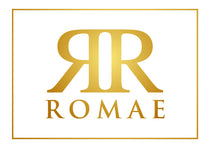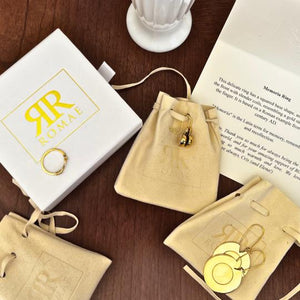Aesop's Fables Lion Medallion
In Aesop’s classic fable "The Man and the Lion," a Man who had fled captivity, weary and frightened, once found himself face-to-face with a Lion deep in the forest. Instead of attacking, the Lion held out his paw, groaning with pain from a great thorn embedded in it. The Man, moved by compassion and summoning his courage, carefully drew out the thorn and cleaned the wound. Grateful, the Lion licked the Man’s hand and they became unlikely friends. Later, when the Man was recaptured and condemned to be thrown to wild beasts in the arena, it was this very Lion who was released upon him. To the astonishment of all, the Lion recognized his friend, fawned upon him gently, and refused to harm him. Moved by such loyalty and gratitude, the spectators demanded the Man’s freedom, and both Man and Lion were spared. The tale reminds us that kindness is never wasted and that even the humblest among us can be of the greatest service. Our medallion captures the story’s charm and wisdom, as well as its important message: The back features the Greek word ΕΥΓΝΩΜΟΣΥΝΗ, or "gratitude," which is the essence of the moral of Aesop's tale.
Our medallion is based on an ancient coin of King Lysimachos, from Hellenistic Thrace. Lysimachos was a general under Alexander the Great who became governor of Thrace after Alexander's death in 323 BC. Thrace had been a region notorious for its fierce tribes and frequent rebellions, but Lysimachos succeeded in taming the region using his boldness and exceptional military skill, becoming king of this strategically important area.
Greek cities often featured symbolic animals on their coins. The lion was an important symbol for Lysimachos, as he had participated in lion hunts with Alexander, and was said to have killed a lion with his bare hands. Perhaps more poetically, the lion was associated with strength, courage, and kingship, and thus the lion as symbol on a coin projected Lysimachos’ authority and power.
This medallion is inspired by a bronze coin dating to approximately 297 BC. The obverse or front of the coin depicts the goddess Athena wearing a helmet facing the viewer's right. The reverse or back of the coin depicts a running or leaping lion, and a spear head, along with the legend ΒΑΣΙΛΕΩΣ ΛΥΣΙΜΑΧΟΥ ("of King Lysimachos"), in Greek.
Our medallion may be worn as a necklace or a bracelet. It comes with a 22" brown leather cord, as well as your choice of a children's or adult's translated version of a book of Aesop's Fables.







